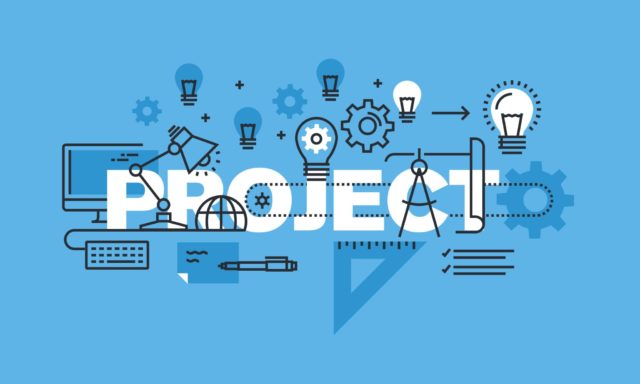Importance Of Project Scope
What is purpose and scope of project? This article you will learn as we discuss the importance of a project scope and importance of project scope management PDF. It will begin with defining what a project scope is and explaining all the nitty-gritties involved in the project scope before finally discuss its importance.
Project scope is the total amount of work required for the completion of the project. Therefore, scope is part of the project planning process and helps assists managers define project goals, outcomes, objectives, costs, and schedule. The scope of the project is often defined in a document called a scope statement, whereas the scope management plan describes how it will be managed.
Scope of a project is an important aspect of project planning that comprises of defining and documenting the objectives of the project, tangible end products that are deliverable to the project location, duties, budgets and the dates which the project must be completed. The project scope documentation is referred to as a scope statement or terms of reference.
It defines project boundaries, assigns responsibilities to each team member, and establishes procedures for how completed work will be verified and approved. The documentation therein is so essential during the project as it acts as a guide which keeps all the participants in the project stay focused with regards to what the project has set out to achieve from the beginning.
The scope statement equally furnishes the team with much needed guidance when deciding on change requests in the midst of the project. An important thing to note is that the scope statement must not be interpreted to mean the same thing as the project charter as the latter is only there to document that the project exists. What is purpose and scope of project? another purpose is to provide excellent communication is key in ensuring the effectiveness of scope management which guarantees each member of the team grasps the extent of the project and is in agreement with the parts each has to play regarding how the objective of the project will be realized as a result, the team leader ought to ask for approvals and signoffs from the project’s key stakeholders as the project progresses in a bid to ensure that once completed, the project would have met everyone’s needs.
Importance of defining project scope – What is purpose and scope of project?
- The initial step in project planning is scribing its scope statement which comprises of information regarding project deliverables. The advantages that a project statement offers to any organization taking on a new initiative include among others, the following:
- Spells what the project entails to ensure all stakeholders grasp what is involved therein. Offers a roadmap through which managers can utilize to designate assignments, schedule of work as well as budget suitably.
- Aid focus team members on common goals
- Keep intricate projects from transcending beyond the vision established from the onset.
- Writing project scope is cardinal in making sure that the focus on the project does not sway and also ensures that projects are executed to expectation. The scope offers a strong basis through which the management of a project as it progresses, is in line with what was agreed upon in the beginning, the scope also ensures that the resources allocated to the project are not misappropriated or go to waste on elements that are not in the scope of the project.
- Defining Project Scope
- Project stakeholders’ input is required in defining of project scope for the stakeholders work closely with project managers to determine key aspects of budgets, project objectives, quality and eventually timeframe.
- In order to define scope, there is need for project manager to gather all the necessary requirements for that stakeholders require for the project and some of these requirements include the following:
- Objectives and deliverables of the project;
- Deadline for completing the project; and
- The amount of money the stakeholders ought to pay for it.
- The aim is to collect and record accurate information amidst this process in a bid to ensure that the project scope mirrors all requirements. This increases the opportunity for project managers to deliver end-products that are congruent with stakeholder expectations, on time and within budget.
With a definition of project scope given and explanation of almost all the necessary information pertaining to project scope discussed, it is now time to get down to what the importance of project scope is.
Why Is Project Scope Management Important?
Project scope is very important for project managers as managing stakeholder and customer expectations is one of the most daunting tasks. Therefore, with a project scope that is definitive, managers find it easier not to lose track and as a result, making sure that all the set deadlines are met during the whole project life cycle.
A well-defined project scope is critical in helping managers avoid common problems such as the following: Requirements that tend to change every now and then Reverse the project direction when it has already started and mid-way through completion. Acknowledging that the end result is not what was expected Reviewing the discussed budget Project deadline waiver.
Effective project scope provides a clear picture of the time, effort, and costs associated with the project. It helps to distinguish between what is needed for project execution and what is not needed. The scope of project management also establishes project control factors to arrest components that may change in the course the project life cycle.
Conclusion
What Is Purpose And Scope Of Project?
A project scope is important as it helps project managers stay on stay on track with what the project sets on to achieve at the end of it all, that is, the project’s completion. It provides guidance for the managers on the path the project needs to take to achieve its objectives.
READ NEXT ARTICLES
- Teaching and learning activities
- Best definition of education
- Similaries and distinction between objective and goals







